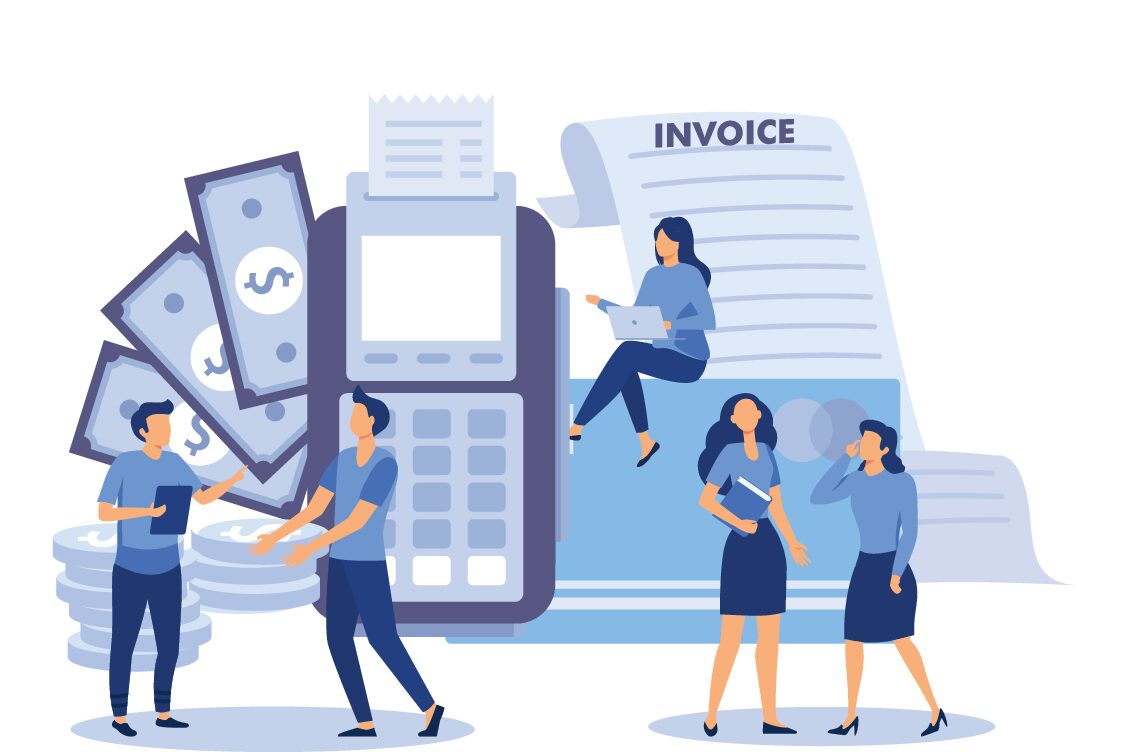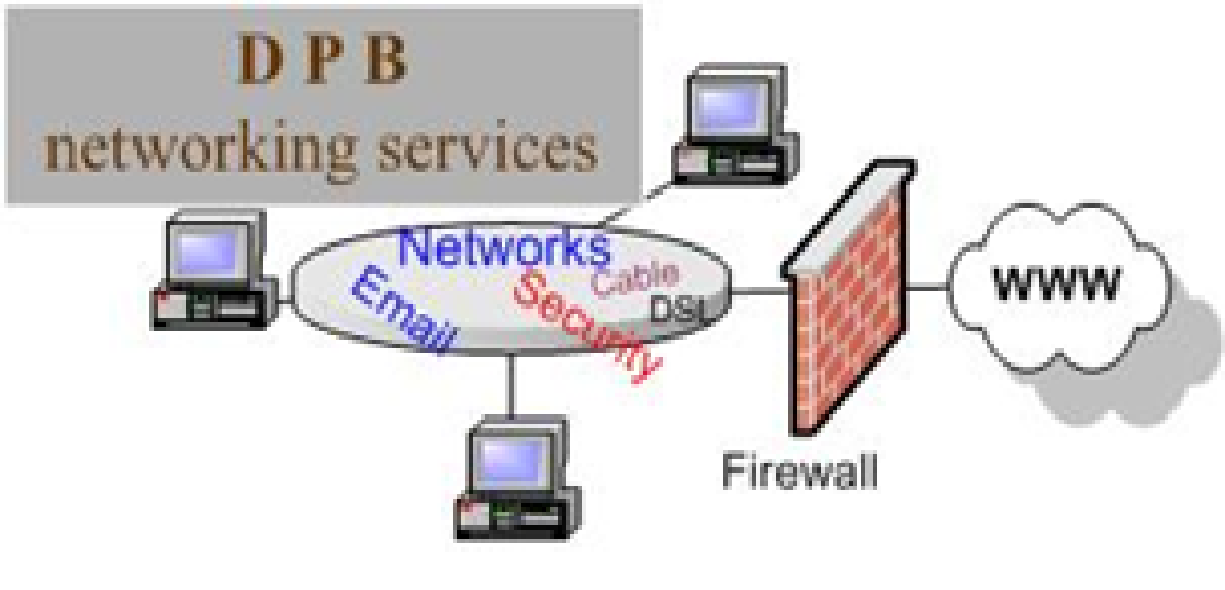It is a fact of legal practice that some clients have more financial resources than others. While highly profitable matters are often the most desirable among practitioners, there is still a viable and potentially profitable market among individuals with lesser resources.
Yet, when these cases arise, law firms generally take one of two routes. In one scenario, managers avoid these cases like the plague, due to a belief that they are not financially beneficial to the firm. The other scenario is to take on the case and do as little work as possible, expecting that the matter will be less than profitable.
With a prior profit analysis, you may find that your firm can take on the case, provide valuable service and increase earnings in the process.
[Tweet “The keys to legal project management are adequate planning and a consistent review of progress.”]
The keys to legal project management are adequate planning and a consistent review of progress for efficiency. This relatively new trend in law office management is quickly catching on with the most progressive law firm managers, who recognize the value of forethought and organization. Before we get into the profitability of lower paying clients, let’s consider a brief explanation of how project management works.
- Planning – Seems obvious, right? But planning takes time and a lot of firms don’t want to exert the effort this requires because they think it’s not doing the “real” work of a law firm. Successful legal project management means planning the matter and how it will be handled within the firm. Separate the individual tasks involved in completing the case and determine how long each of them will take.
- Cost analysis – Analyze each of the tasks to establish their individual values. When completing the cost analysis, consider which member of the firm will complete the task and how their hourly rate affects the client’s costs.
- Implement the plan – It’s time to get to work. Implement your project by assigning tasks to members of the firm. Give structure by putting timelines and budget restrictions in place. Have managers regularly review each worker’s process and make adjustments as necessary.
- Review the matter – After all is said and done, practice managers have an excellent opportunity to learn from the project and use it to further the future goals of the firm. Review the tasks and determine how long each one took. Then, examine the actual bill to analyze whether or not any tasks could have been completed in a more efficient and cost effective manner. And the good news you now have a project template you can use over and over again for matters you do often.
Now back to the financially challenged clients
When faced with the prospect of handling a matter for a client with limited financial resources, the planning and cost analysis phases become extremely important. The cost analysis should reveal that there are differences in the value of a matter when completed by a partner, a higher level associate, or a first year associate. Depending on the hourly rate of each party, this difference can prove significant. You may find that assigning the task to a lower paid associate allows you to take that less financially desired case and even make a reasonable profit from it. But assigning it to a higher paid partner would not only place the matter outside of the client’s financial reach, but also limit the firm’s potential profit margin.
Don’t be so quick to say no before putting some good project management tools to work. With a little planning and cost analysis, you may find that these cases are viable options for your firm when individual tasks are completed by lesser earning members of the practice.
Learn how to use TimeSolv for Legal Project Management


















